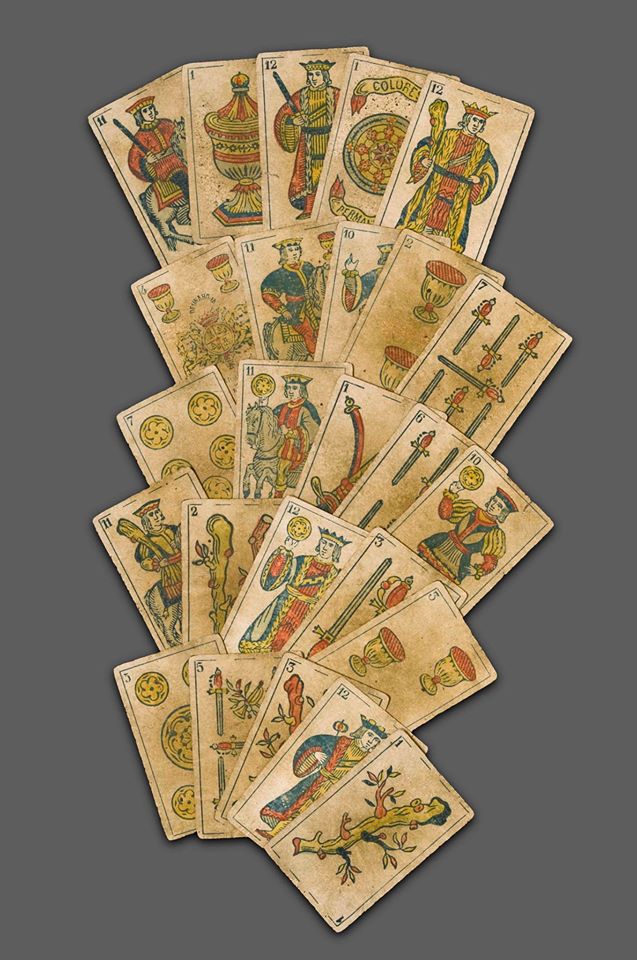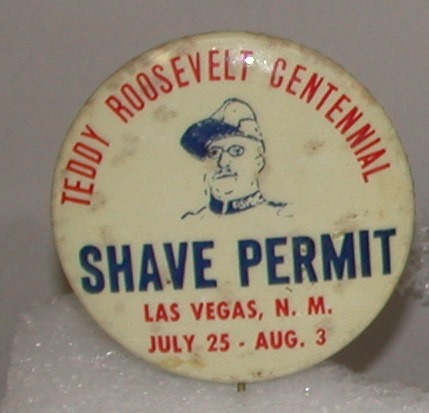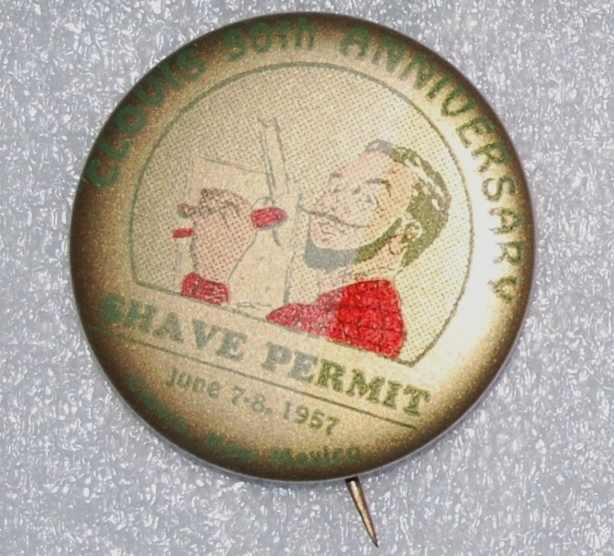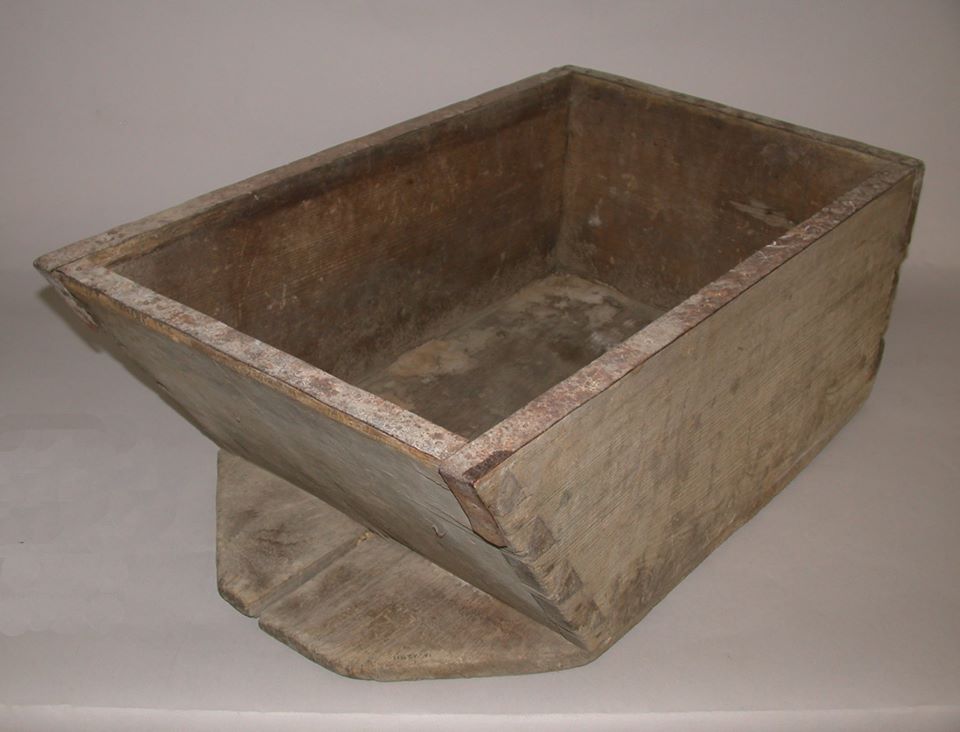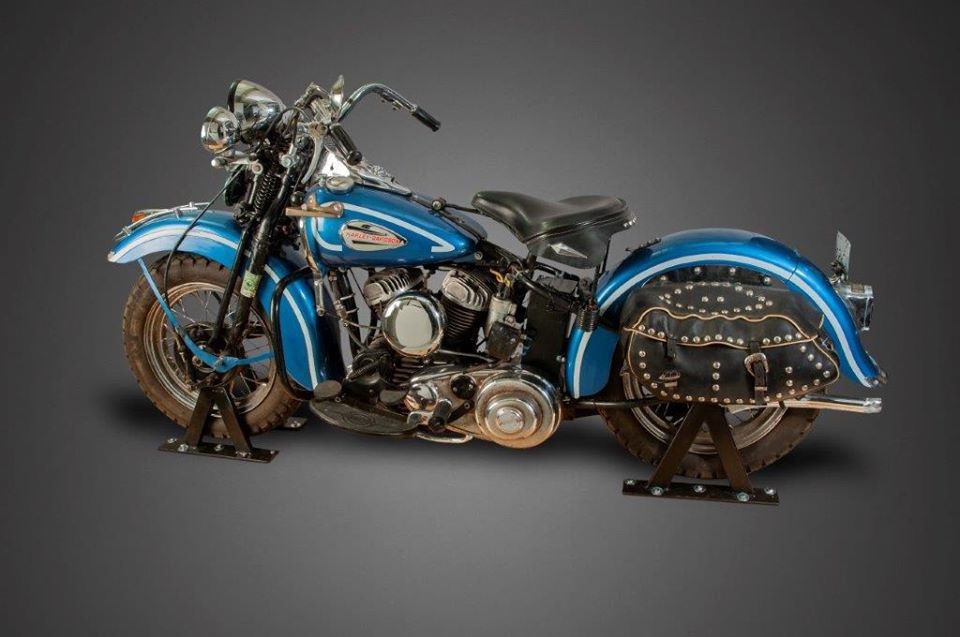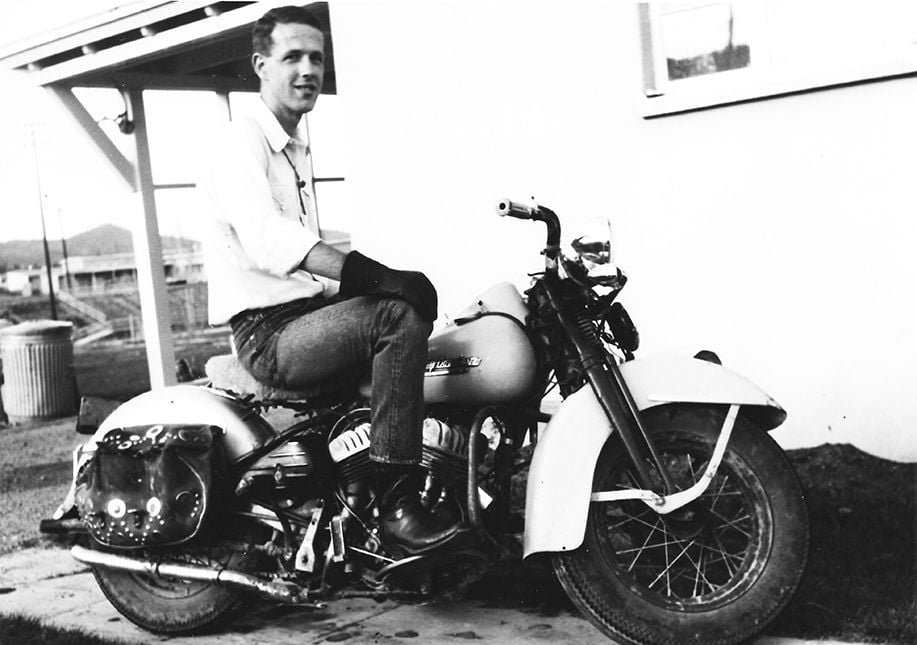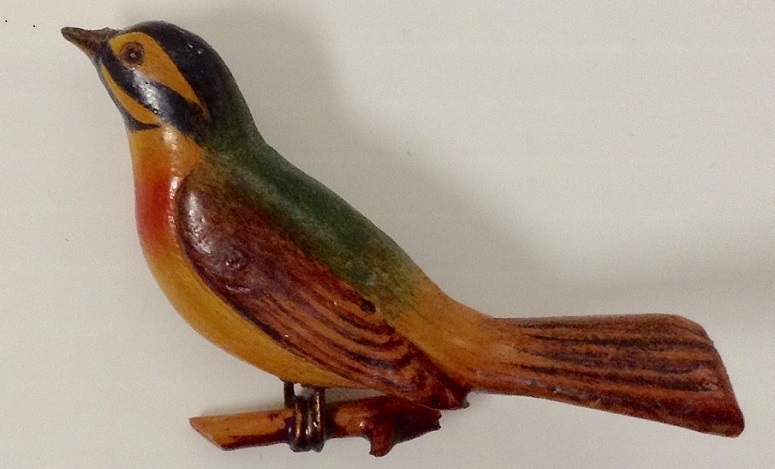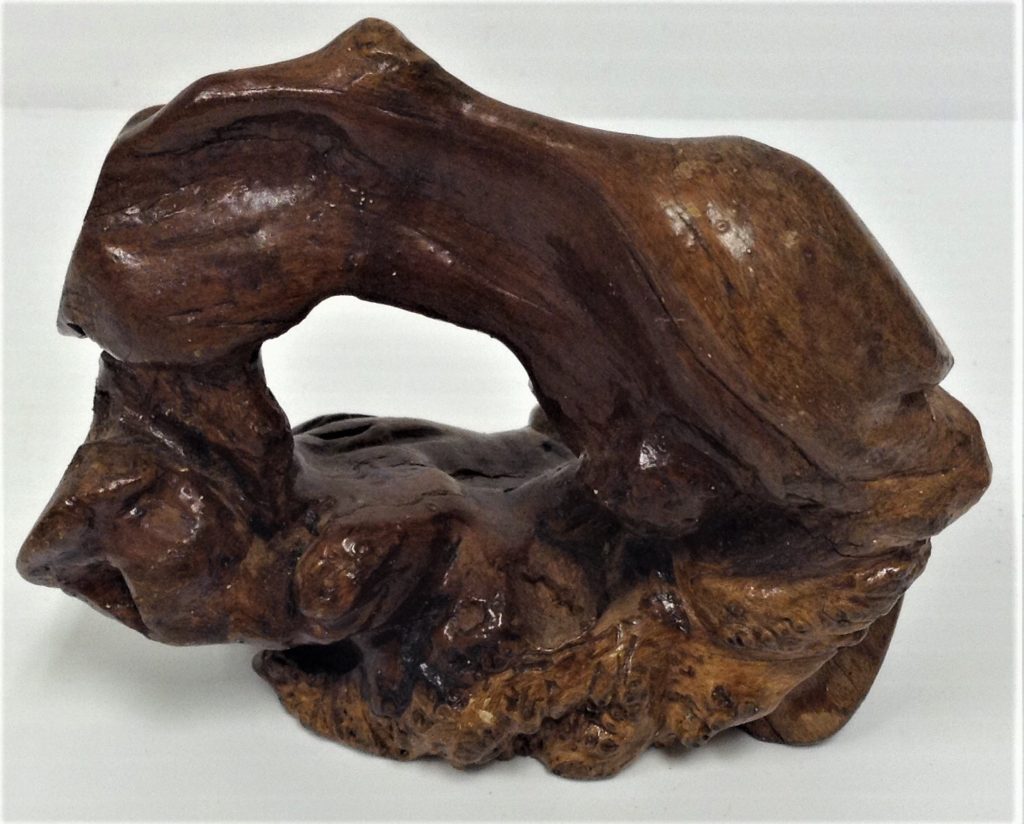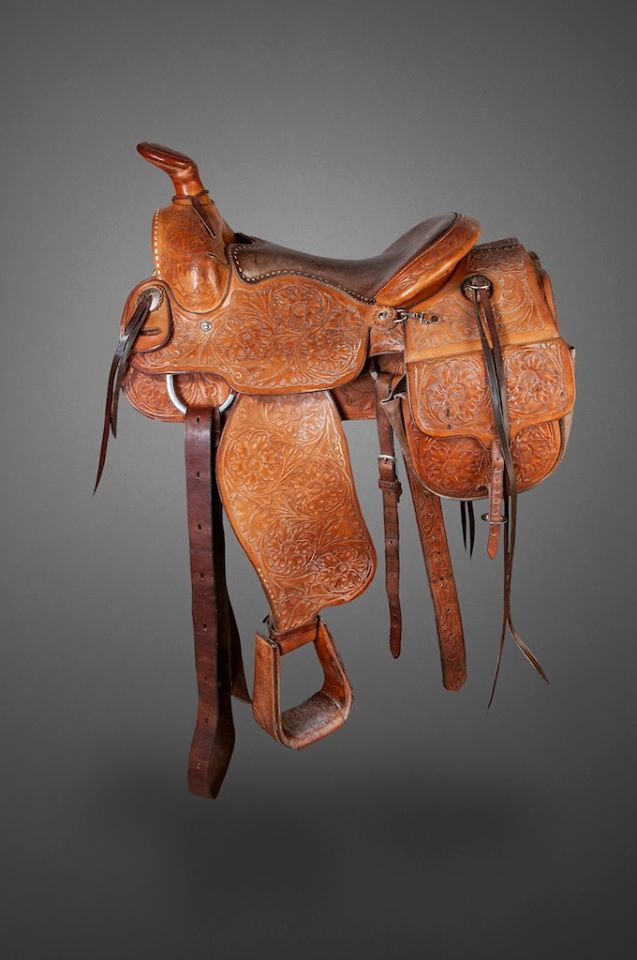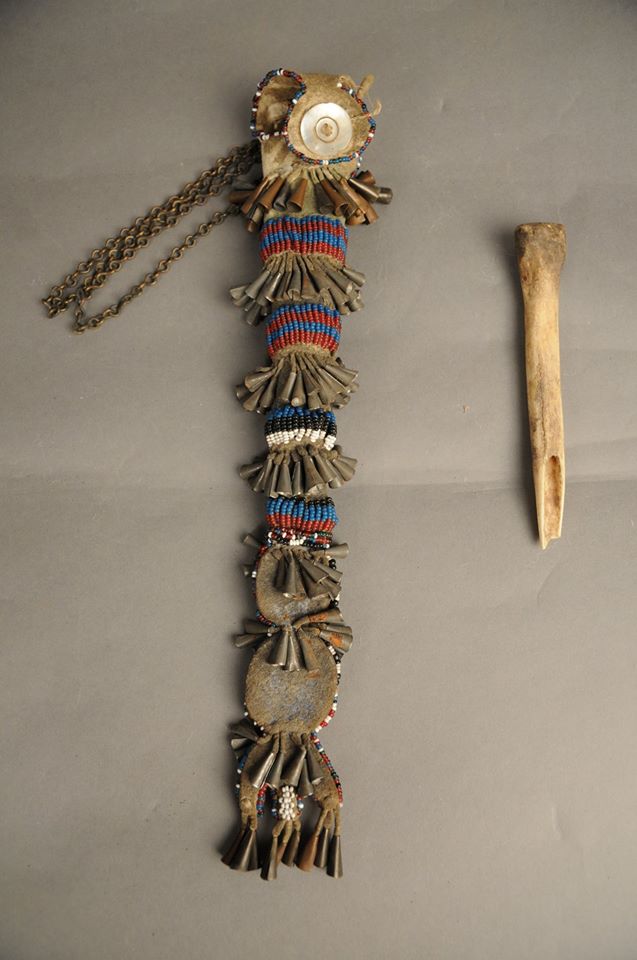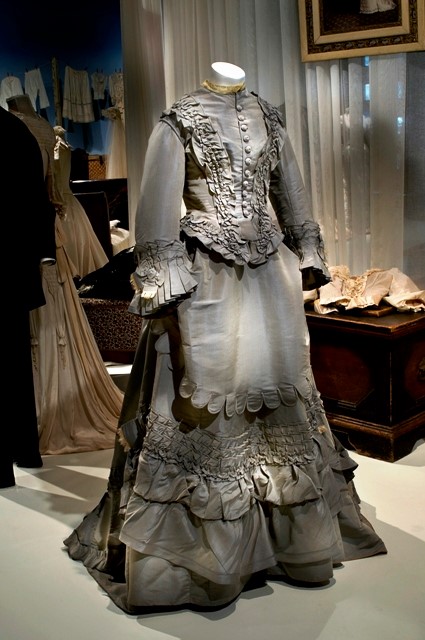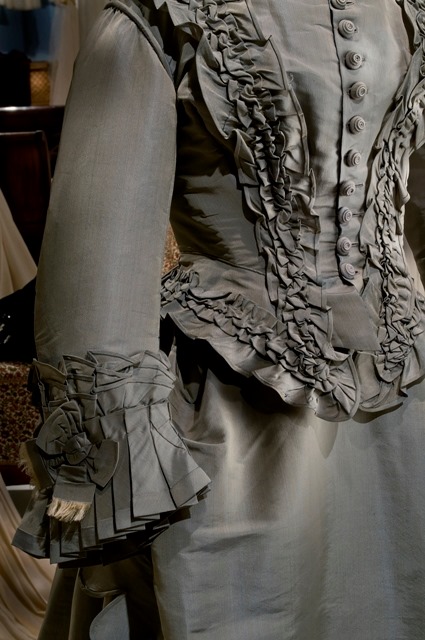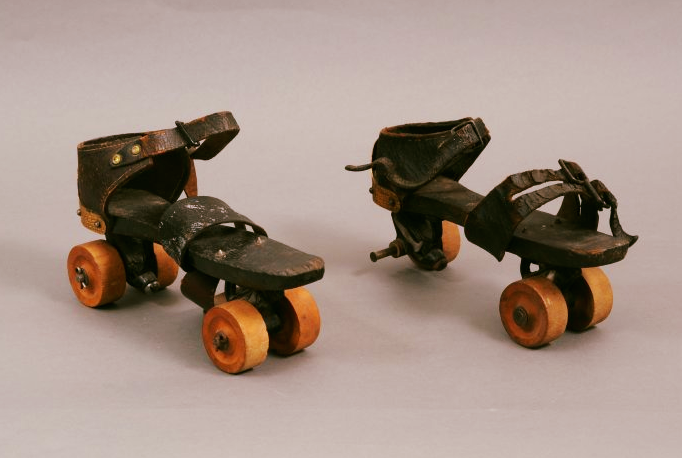
Do you skate?
In 1907, children roller skating on sidewalks became a huge issue for the people of Las Vegas, NM. It even sparked debate in the city council.
One letter writer to the Las Vegas Daily Optic asked, “If the children roller skate, why do they do any more harm than the baby buggies and go-carts? Why not make the women go out in the street and wheel their babies there? And I wonder if the mayor and the city council were ever children. And why don’t New York, Chicago and St. Louis, Kansas City and even Albuquerque make them stop skating? Because they like to see the children have fun, and why don’t Las Vegas?”
Another citizen wrote that “It must be a pretty, crusty old curmudgeon who would seek to prevent the harmless amusement the children have been extracting from roller skating.”
Surely, these late 19th century Smith & Griggs Manufacturing Co. roller skates, made of metal, wood, and cast iron, saw many good times on the feet of Josefita “Pepe” Manderfield when she was a child in Santa Fe.

